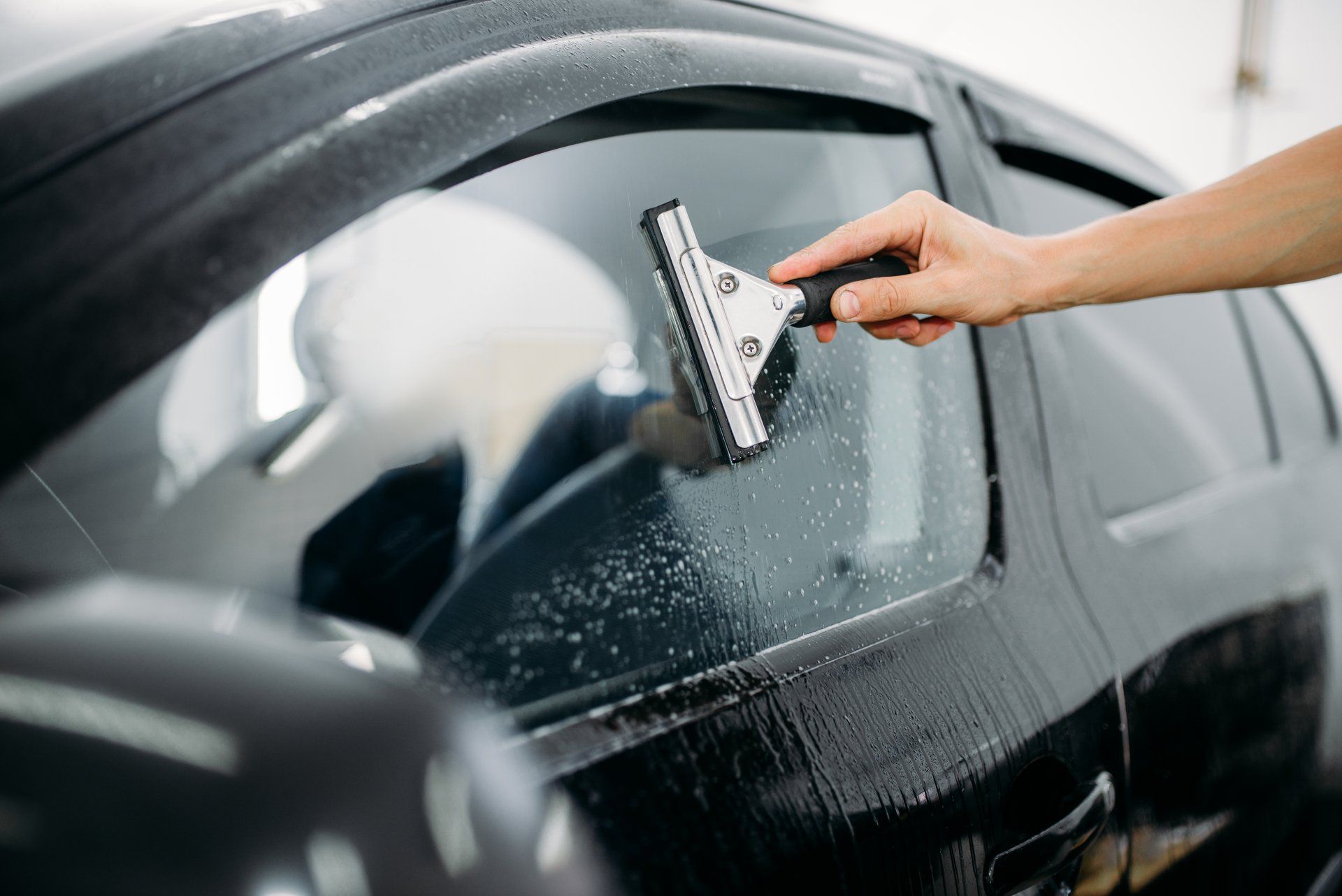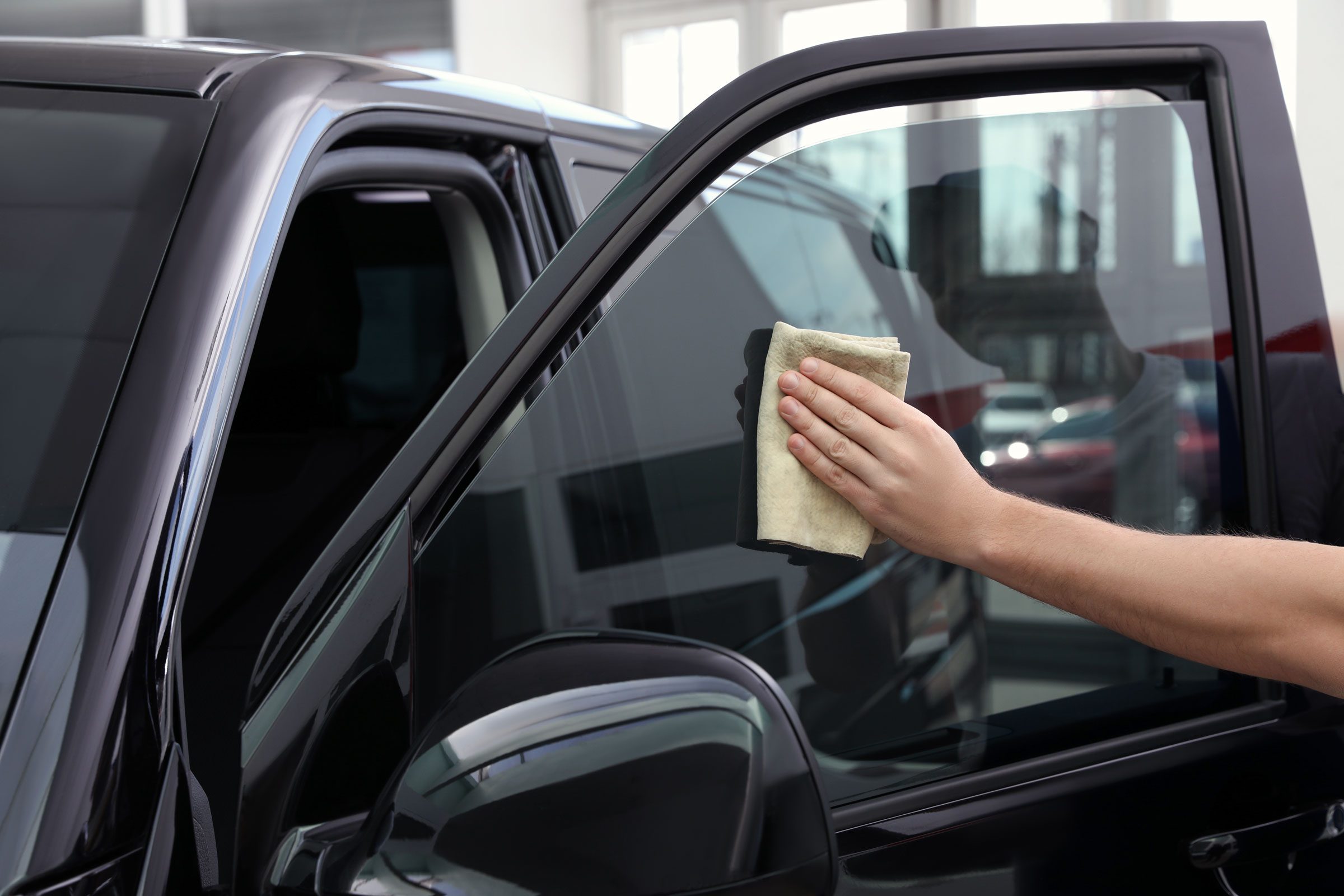Window Tinting Options: Locate the Right Shade for Your Style and Requirements
Selecting the suitable window tint for your car entails a cautious consideration of various elements, including individual appearances, practical needs, and legal constraints. With alternatives varying from light tintss that provide marginal personal privacy to darker tones that improve privacy, the options can be frustrating.
Comprehending Window Tinting Degrees
When thinking about window tinting, it is important to comprehend the various degrees of tint readily available, as they dramatically impact both aesthetics and functionality. Window tinting is categorized based on Visible Light Transmission (VLT) portions, which suggest the quantity of light enabled to travel through the glass. The VLT portion can vary from really light (over 70%) to extremely dark (below 5%)
The key levels of tint include clear, which supplies UV protection without modifying visibility; light tint (over 50% VLT), which a little minimizes glow while keeping visibility; medium tint (around 35% VLT), striking a balance between personal privacy and light transmission; and dark tint (listed below 20% VLT), giving significant personal privacy and warm reduction but restricting outside exposure.
Comprehending these degrees is critical as they can impact driving safety and security, legal conformity, and individual comfort. Additionally, regional regulations commonly dictate acceptable tint levels, varying by state or municipality. Consequently, before selecting a color, it is suggested to study and make certain adherence to these guidelines while taking into consideration individual preferences for design and functional advantages.
Popular Tint Tone Explained

One of one of the most prominent alternatives is the timeless dark tint, typically varying from 20% to 5% VLT (Visible Light Transmission) This shade provides optimum personal privacy and a streamlined, advanced appearance. It properly obstructs UV rays and warm, making it perfect for bright environments, though it might limit visibility during the night.
Alternatively, lighter tones such as 35% or 50% VLT provide a much more subtle appearance while still offering some level of personal privacy. These tones are best for those looking for a balance in between aesthetic appeals and functionality, as they permit much better exposure and abide by various lawful standards.
An additional arising preference is the ceramic tint, which can be available in a range of tones - window tinting. It offers exceptional heat denial and UV security without dramatically changing the lorry's appearance

Lawful Regulations for Window Tinting
Comprehending the lawful guidelines bordering window tinting is vital for lorry owners looking to tailor their autos. Each state in the U.S. has particular legislations governing the darkness or lightness of window tintss, typically measured by Visible Light Transmission (VLT) portion. VLT refers to the amount of light that can pass with the movie and the glass incorporated.
In several states, guidelines dictate various VLT portions for numerous windowss, consisting of front windshields, side windowss, and back windowss. For circumstances, some states might enable a tint of 70% VLT for windshields while permitting darker tintss for back windowss. Furthermore, specific states have restrictions on reflective tintss, which can create glare for various other drivers.
Failure to conform with these guidelines can cause fines, mandated removal of the tint, and increased insurance policy costs. Lorry owners ought to get in touch with neighborhood laws or state DMV internet sites to ensure they are within legal restrictions prior to waging installation. Understanding these guidelines not just assists stay clear of legal effects however also Get the facts makes sure a safe driving experience.
Advantages of Different Tint Materials
Exploring the benefits of different tint products discloses substantial advantages that can boost both the performance and aesthetic appeal of an automobile. Each product offers distinct characteristics fit to details requirements and choices.
Dyeded window films are popular for their cost and capacity to minimize glow. They successfully block UV rays, safeguarding the interior from fading, though they may not offer the highest possible heat rejection. Metalized films, on the various other hand, deal exceptional heat reduction and UV defense because of their reflective buildings. They can enhance personal privacy and safety and security yet might interfere with digital signals.
Ceramic window films stand for a costs choice, giving phenomenal heat rejection while maintaining visibility. They are non-metallic, therefore preventing any type of signal disruption, and are extremely sturdy, withstanding scratches and fading over time. Furthermore, ceramic films do not contain dyes, making certain a longer-lasting appearance.
Lastly, hybrid films integrate components from dyeded and metalized options, offering a balanced efficiency in regards to warm being rejected, glare decrease, and expense. Each tint material serves distinct functions, permitting car owners to select the most effective suitable for their way of living and aesthetic preferences, eventually enhancing their driving experience.
Selecting the Right Tint for You
Discovering the right window tint includes thinking about different aspects, including individual choices, car kind, and local regulations. Initially, assess your individual design and desired level of personal privacy, as these will certainly lead your selection of tint shade. Darker tintss give enhanced personal privacy but might not appropriate for all vehicle drivers, particularly those that favor a more open feel inside their car.
Next, consider your vehicle type, as the size and shape of windowss can influence the find here effectiveness of particular tintss. For example, larger windowss may profit from reflective tintss that reduce glare while smaller windowss could be a lot more fit to dyeded films that provide subtle looks.
Furthermore, it's crucial to examine local laws regarding window tinting. Several states enforce constraints on the permitted darkness and reflectivity, especially for front windowss. Compliance with these laws is vital to prevent penalties and make sure safety and Visit This Link security.
Last but not least, evaluate the tint material that best suits your demands. Options consist of dyeded, metalized, ceramic, and hybrid films, each offering special advantages associating with warmth rejection, UV protection, and sturdiness. By thinking about these factors, you can with confidence choose a window tint that lines up with your style and functional requirements.
Verdict
Finally, choosing the proper window tint requires mindful factor to consider of various factors, including VLT portions, local policies, and the preferred visual. Various tint products use distinct advantages that can boost lorry convenience and security. By extensively recognizing the available options and straightening them with specific choices and sensible needs, one can achieve an optimal equilibrium in between design and performance in window tinting selections.
Picking the appropriate window tint for your automobile includes a careful factor to consider of numerous factors, consisting of individual looks, practical demands, and legal constraints. Each state in the United state has specific regulations governing the darkness or lightness of window tintss, frequently determined by Visible Light Transmission (VLT) percent. Some states might allow a tint of 70% VLT for windscreens while allowing darker tintss for rear windowss.Locating the right window tint entails considering various variables, consisting of individual choices, lorry type, and regional laws.In final thought, selecting the suitable window tint calls for cautious factor to consider of different elements, including VLT percentages, regional laws, and the desired aesthetic.